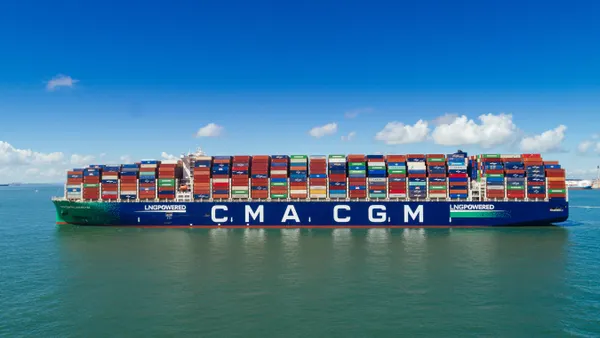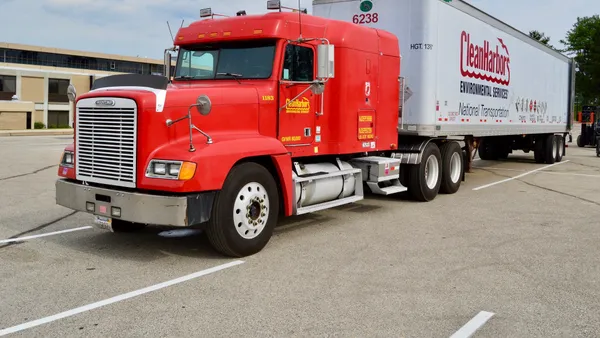Dive Brief:
- Shenzhen, China has selected Danish architecture firms Schmidt Hammer Lassen Architects and Gottlieb Paludan Architects to build the world's largest waste-to-energy plant, capable of incinerating 5,000 metric tons of waste per day. The capacity is equal to one-third of the waste generated by Shenzhen's population of 20 million people annually.
- The trash-burning plant — nearly a mile in circumference, with a roof of photovoltaics — is almost half a million square feet. The circular plan was developed to minimize the plant's footprint, and the construction design cuts excavation efforts to build on the site, according to the architects.
- The plan coincides with a December incident, when a landslide at the Hongao Construction Waste Dump collapsed, killing dozens of Shenzhen residents. It also comes at a time when the city struggles to build infrastructure for what is reportedly one of the world’s fastest growing cities.
Dive Insight:
The Shenzhen plant is intended first to address a rapidly growing region’s complex trash issues while providing renewable energy, but the designers expect the project to serve another purpose — to affect a culture through messaging.
"The plant is intended to showcase the waste-to-energy production as an important technical process ... to deal with the issues of growing waste, as well as ... finding more environmentally friendly ways of generating electricity. At the same time visitors become informed on the challenge of the growing amounts of waste we produce every day and are also educated on initiatives on how to reduce their own amount of daily waste," the designers said.
Still, the question of whether burning trash for electricity is all that clean has sparked debate from places on the map from Arizona to European countries. One point that is not up for debate is that the Shenzhen plant will have a huge impact on the city’s capacity to deal with its mounting waste.









